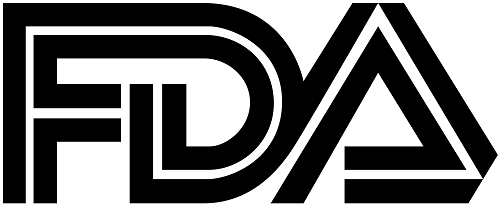Ensure that the product strength stands out. Include the use of boxing, a prominent typeface of type weight, and color differentiation.
Use a consistent unit of measure across all elements of the labeling
Strength should match the units of measure described in the DOSAGE AND ADMINISTRATION section of the prescribing information
Use the same units of measure when labeling multiple products containing the same active ingredient (e.g., use mg for milligram)
For small volume parenteral products, the product strength should be expressed as total quantity per total volume followed by the concentration per milliliter (mL)
o strength per total volume should be the primary and prominent expression on the principal display panel of the label, followed in close proximity by strength per milliliter enclosed by parentheses
For containers holding a volume of less than 1 mL, the strength per fraction of a milliliter should be the only expression of strength. For example: 12.5 mg/0.625 mL
Dry powder products should express the strength in terms of the total amount of drug per vial as follows: XX mg/vial
o Instructions for reconstituting the product and the resultant concentration should be included on the vial, if space permits
The dose or expression of strength should appear in metric units of measure such as mL, mg, and mcg, rather than apothecary or household measurements (e.g., tsp for teaspoon)
The net quantity statement should appear on the PDP but should be separate from and less prominent than the statement of strength
Statement of strength should be presented in whole numbers, and not with a decimal point that is followed by a terminal zero (e.g., 4 mg, not 4.0 mg).
Conversely, decimal numbers smaller than one should 472 always be preceded by a zero (e.g., 0.4 mg, not .4 mg).



